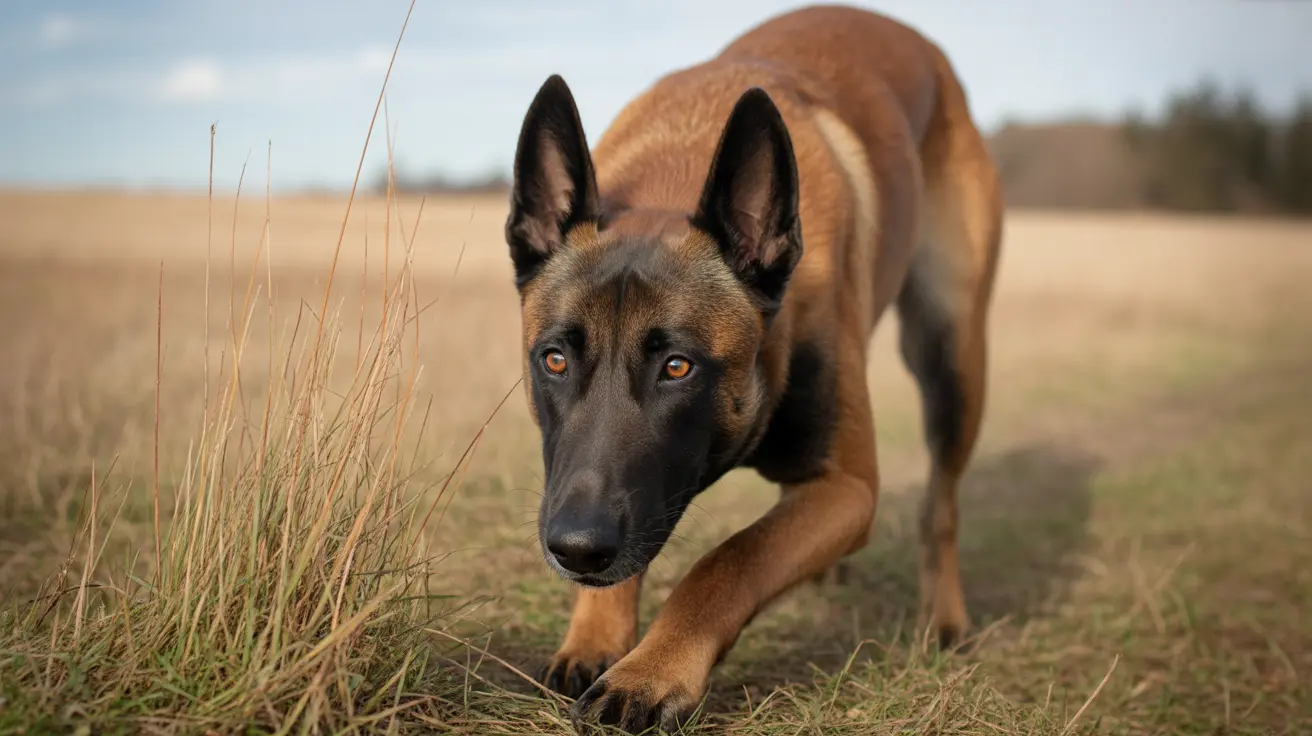Are Lilies Poisonous to Dogs?
Lilies are beautiful, popular plants often found in gardens and floral arrangements. While their vibrant blooms brighten up any space, they can pose serious risks to pets—especially cats, but also dogs. If you share your home or yard with a dog, it's crucial to understand which lilies are dangerous and what symptoms to watch for if your pup gets curious.
Types of Lilies Toxic to Dogs
Not all lilies are created equal when it comes to toxicity. Some varieties can cause only mild issues in dogs, while others may lead to life-threatening problems. Here's a breakdown of the most concerning types:
- Prairie Lily (Rain Lily): The bulbs are the most toxic part for dogs. Ingestion can trigger anything from mild stomach upset—like vomiting and diarrhea—to more severe gastrointestinal distress.
- Lily of the Valley: This plant is especially dangerous. It contains cardiac glycosides, which not only irritate the gut but can also slow the heart rate, cause severe arrhythmias, seizures, and even death in extreme cases.
- Peace Lily (Spathiphyllum spp.): Peace lilies harbor insoluble calcium oxalate crystals. When chewed, these crystals irritate the mouth and throat, leading to drooling, vomiting, difficulty swallowing, and rarely swelling that makes breathing hard.
- Calla Lily: Similar in effect to peace lilies, calla lilies also contain insoluble calcium oxalates. Dogs may experience intense burning or irritation in the mouth and throat, excessive drooling, and loss of appetite.
- Gloriosa Lily (Flame Lily): This less common garden plant contains colchicine in its tubers—a potent toxin that can suppress bone marrow function and damage the liver and kidneys. Symptoms include vomiting, diarrhea, organ failure, and possibly death.
Other Lilies: Less Dangerous But Still Risky
Certain lilies—such as Easter lilies, daylilies, Peruvian lilies, Japanese show lilies, stargazer lilies, wood lilies, tiger lilies, Oriental lilies, rubrum lilies, and spider lilies—are classified as nontoxic or less hazardous for dogs. However, don't let that lull you into a false sense of security: even these "safer" varieties can still upset your dog's stomach or cause vomiting and diarrhea if eaten.
Symptoms of Lily Poisoning in Dogs
If your dog nibbles on a lily or digs up a bulb in the yard, watch for these signs:
- Vomiting
- Diarrhea
- Decreased appetite
- Excessive drooling
- Pawing at or irritation of the mouth (especially after peace or calla lily exposure)
- Oral pain or swelling; difficulty swallowing
- Heart problems (with lily of the valley)
- Seizures (with lily of the valley or flame lily)
- Weakness or collapse; sudden death in severe cases
The severity depends on the type of lily and how much was ingested. For example: eating a small piece of peace lily might just make your dog drool excessively for a while; eating part of a lily of the valley could be fatal without immediate care.
Treatment: What To Do If Your Dog Eats a Lily
If you suspect your dog has eaten any part of a lily plant—even just chewed on it—don't wait for symptoms to appear. Contact your veterinarian immediately.
- If ingestion occurred within an hour or two: The vet may induce vomiting and give activated charcoal to limit toxin absorption.
- Your dog will likely receive IV fluids and medications to protect organs and soothe the stomach.
- The veterinary team will monitor bloodwork and urine for signs of organ damage—especially if dangerous species like lily of the valley or flame lily were involved.
No antidote exists for lily poisoning; supportive care is essential. Hospitalization may be needed if symptoms are severe.
Prevention Tips: Keeping Your Dog Safe Around Lilies
- Avoid keeping any kind of lily in homes with pets—even "nontoxic" ones can cause trouble.
- If you receive bouquets with unidentified flowers or move into a new home with landscaping you didn't choose—double-check for hidden dangers like bulbs underground.
- Train your dog not to eat plants indoors or outdoors; supervision is key during walks or visits to unfamiliar places.
If you ever find your pet chewing on a plant you can't identify quickly snap a photo or bring part of it with you when seeking veterinary help—it'll speed up diagnosis and treatment decisions.
A Note About Cats
Cats face far greater risk from true lilies (Lilium spp., Hemerocallis spp.). Even tiny amounts can cause fatal kidney failure within hours if untreated. If you have both cats and dogs at home—never keep any kind of lily around!
The Bottom Line
Lilies add beauty but carry real risks for pets. For some types—the danger is mild; for others it's deadly serious. Know what grows where your pet plays; act fast if there's ever an accident. Prompt veterinary attention saves lives when it comes to plant poisonings like these.





